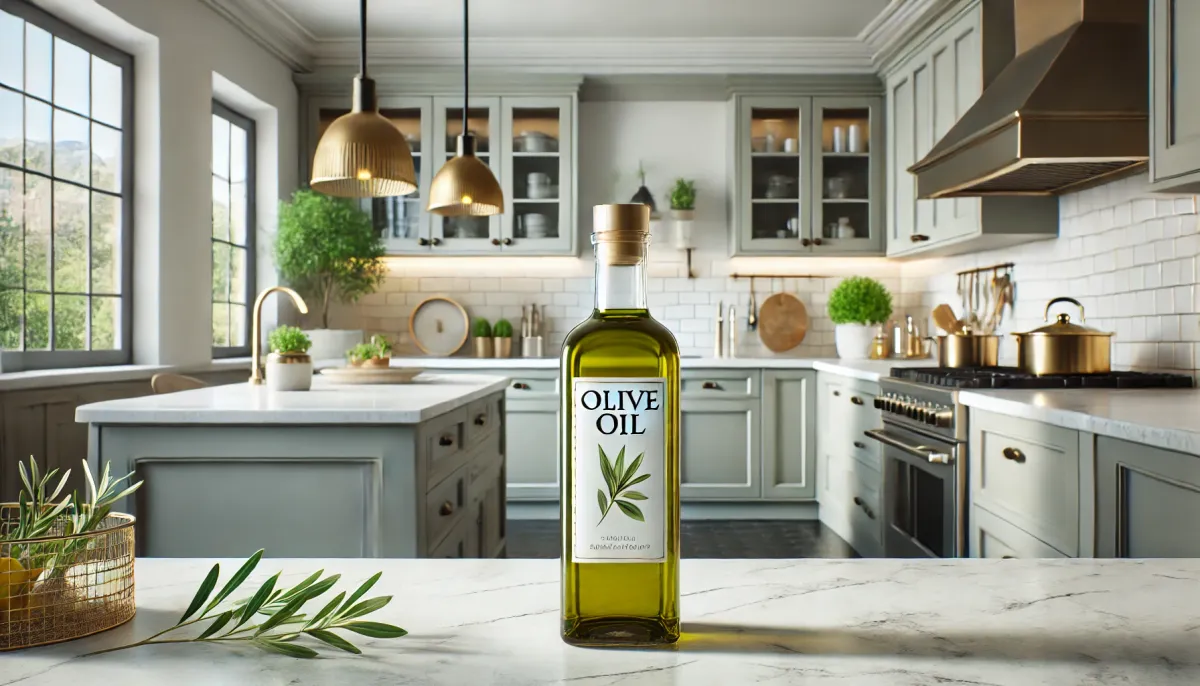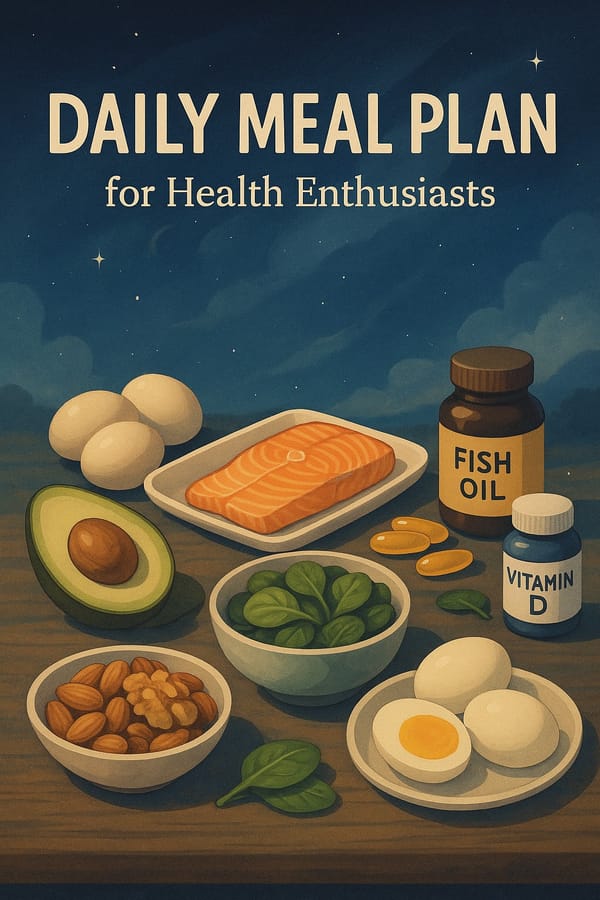Choosing Between Vegetable Oils and Animal Fats for Cooking: Benefits, Drawbacks, and Tips for Health Enthusiasts

Have you ever wondered how the oils you use for everyday cooking affect your health? Whether it’s vegetable oil or animal fat, each type has distinct properties, benefits, and drawbacks. Choosing the right oil not only enhances the flavor of your dishes but also impacts your long-term health. This article dives into a comprehensive guide to different types of cooking oils, along with tips on selecting the most suitable options for your meals and needs.
Types of Cooking Oils
Cooking oils can be broadly categorized into two main types:
- Vegetable Oils:
- Examples: Olive oil, sunflower oil, rice bran oil, coconut oil
- Characteristics: Primarily unsaturated fats, which help reduce heart disease risks
- Animal Fats:
- Examples: Lard, butter, duck fat
- Characteristics: Predominantly saturated fats, suitable for high-heat cooking
Additionally, oils can be classified based on their intended use:
- Oils for frying
- Oils for stir-frying
- Oils for salad dressings
Saturated vs. Unsaturated Fats: What’s the Difference?
- Saturated Fats:
- Found in: Lard, butter, coconut oil
- Characteristics: Solid at room temperature
- Benefits: Highly heat-resistant, making them ideal for frying or high-heat cooking
- Drawbacks: Excessive consumption may increase blood cholesterol levels and heart disease risk
- Unsaturated Fats:
- Found in: Olive oil, rice bran oil, sunflower oil
- Characteristics: Liquid at room temperature
- Benefits: Reduces LDL cholesterol and increases HDL cholesterol, lowering heart disease risks
- Drawbacks: Less heat-resistant and prone to breaking down at high temperatures
Smoke Points of Different Oils
Smoke point refers to the temperature at which oil begins to break down and produce smoke. It’s a critical factor in choosing the right oil for different cooking methods:
- Olive Oil:
- Extra Virgin: Smoke point ~190°C, suitable for salads or light sautéing
- Light/Refined: Smoke point ~230°C, suitable for moderate to high-heat cooking
- Sunflower Oil:
- Smoke point ~230°C
- Best for: Frying, general stir-frying
- Rice Bran Oil:
- Smoke point ~250°C
- Best for: High-heat frying, such as deep-frying chicken
- Coconut Oil:
- Virgin: Smoke point ~177°C
- Refined: Smoke point ~230°C
- Best for: Stir-frying, ketogenic recipes
- Lard (Pork Fat):
- Smoke point ~190°C
- Best for: Frying, dishes requiring a crispy texture and rich flavor
- Butter:
- Smoke point ~150°C
- Best for: Baking, low-heat dishes such as sauces or scrambled eggs
Pros and Cons of Different Oils
Vegetable Oils:
- Pros:
- High in unsaturated fats, reducing risks of cardiovascular diseases
- Some, like olive oil, contain antioxidants that reduce inflammation
- Cons:
- Unsuitable for high-heat frying (e.g., extra virgin olive oil)
- Using the wrong type may produce harmful compounds during overheating
Animal Fats:
- Pros:
- High heat tolerance
- Adds rich and savory flavors to certain dishes like stews or pies
- Cons:
- High in saturated fats, which may raise heart disease risks if overconsumed
Which Oil is Best for Which Cooking Method?
- Olive Oil:
- Best for: Salads, light sautéing
- Caution: Avoid using for high-heat frying
- Sunflower Oil:
- Best for: Frying, general stir-frying
- Caution: Can oxidize easily when stored for long periods
- Lard:
- Best for: Frying, dishes that require robust flavor
- Caution: Use in moderation
- Rice Bran Oil:
- Best for: High-heat frying like deep-frying
- Bonus: High in vitamin E, which nourishes the skin
- Coconut Oil:
- Best for: Stir-frying, ketogenic recipes
- Caution: Consume in appropriate amounts
Healthy Menu Recommendations
- Mixed Greens Salad with Olive Oil Dressing
- Use extra virgin olive oil to enhance fragrance and promote heart health
- Salmon Steak with Rice Bran Oil
- Pan-fry salmon using rice bran oil to reduce cholesterol
- Stir-Fried Mixed Vegetables
- Opt for sunflower oil for light and healthy stir-frying
- Massaman Curry with Coconut Oil
- Add coconut oil for a rich, creamy texture and natural flavor
Conclusion
Selecting the right cooking oil depends on your culinary needs and health objectives. Vegetable oils are ideal for reducing cholesterol, while animal fats excel in high-heat cooking and adding flavor. Ultimately, balanced and mindful oil usage ensures flavorful meals and long-term health benefits.



